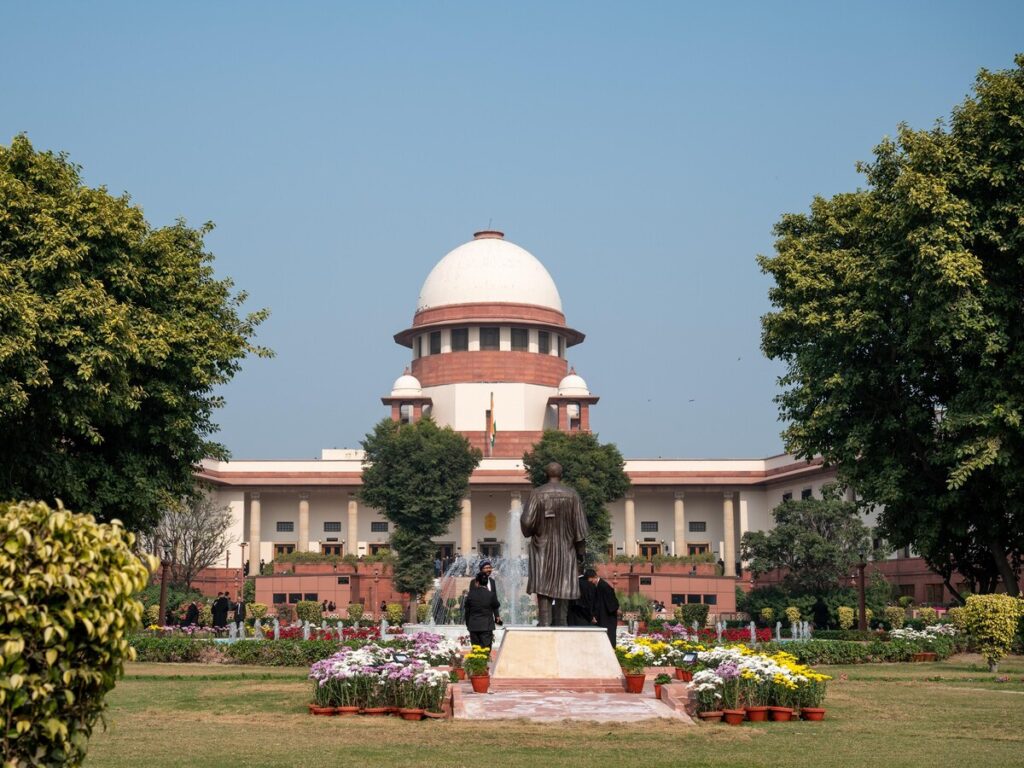By K Raveendran
The gesture of Supreme Court judges declaring their assets is at best, symbolic and, at worst, a distraction from the deeper and more systemic issues that plague the system. The declaration itself does not and cannot constitute a meaningful solution to judicial corruption, especially when the mechanisms for oversight remain weak, opaque, and riddled with structural loopholes. The immediate provocation for this move—the discovery of burnt currency at the residence of Delhi High Court judge Yashwant Varma—has added urgency to the narrative, but urgency is not the same as effectiveness. If anything, this incident highlights the gaping holes in the system and the inadequacy of the current means of accountability. It took a fire to bring out this specific problem, but fire can in no way be a solution to expose corruption!
The declaration of assets, as a standalone act, suffers from several intrinsic limitations. It deals only with visible, documented, and legal forms of wealth—assets that are officially held and can be presented on paper. However, the primary currency of corruption is black money, which by its very nature exists outside official records and declarations. Those who engage in corrupt practices rarely channel the proceeds into traceable bank accounts or real estate holdings that can be openly declared. Instead, such funds are typically laundered, concealed, or converted into benami assets. Therefore, the act of publicly listing one’s white money holdings does little to address the real, subterranean networks of illicit wealth accumulation. It may help cultivate a veneer of transparency, but it doesn’t shine any light into the darkest corners where corruption truly thrives.
Moreover, the efficacy of asset declaration is fundamentally tied to the presence of robust external oversight. In the Indian judicial framework, judges are not subject to independent anti-corruption bodies like the Lokpal or the Lokayukta. This glaring omission significantly dilutes the impact of asset declarations. Without an empowered, autonomous agency to scrutinize the veracity of these declarations or to investigate anomalies, the process becomes largely performative. Judges remain their own watchdogs, operating within an insular system of in-house supervision that has long been criticized for its lack of transparency, its aversion to accountability, and its tendency to shield errant members. It is precisely this self-regulatory model that has allowed instances of misconduct to be quietly buried or dealt with behind closed doors, without public scrutiny or legal consequence.
The report submitted by the three-member in-house committee investigating the Yashwant Varma case, regardless of its findings, will likely follow this same pattern. Even if it has uncovered damning evidence and recommends action, there is little assurance that the consequences will be proportionate or even visible. The Indian judiciary has often justified its internal mechanisms by invoking the doctrine of judicial independence, an important principle to protect judges from political or executive interference. But judicial independence should not be conflated with judicial impunity. Transparency and accountability can and must coexist with independence; they are not mutually exclusive. The Varma case and its aftermath may serve as a test of this balance, but past precedent does not inspire much confidence.
The root problem is the lack of structural mechanisms to ensure external and impartial oversight. In countries with more robust anti-corruption frameworks, judges are not immune to investigation or prosecution by external bodies. Their asset declarations are subject to audit, and any discrepancies can trigger formal inquiries. In India, however, the absence of such mechanisms means that even if a judge accumulates disproportionate assets, there is no clear, institutional pathway to investigate or prosecute the matter unless it erupts into a scandal too large to suppress. This reactive mode of governance—waiting for crisis before taking action—is emblematic of a system that resists reform until it is forced to acknowledge its own decay.
Furthermore, the current political and institutional climate does not offer the judiciary many incentives to clean house. The in-house committee system, for instance, is notorious for its lack of independence. Judges investigating their peers often face conflicting loyalties, and the opacity of the process means the public remains unaware of both the allegations and the outcomes. The judiciary has thus far resisted all attempts to bring it under the purview of the Right to Information Act in any meaningful way, let alone accept external monitoring through a body like the Lokpal. This creates an environment in which misconduct can flourish in the shadows, and public confidence in judicial integrity continues to erode.
In this context, asset declaration is not merely insufficient—it risks becoming a cynical tool for deflecting criticism. By presenting it as a proactive step against corruption, the judiciary may seek to bolster its public image while avoiding the more difficult but necessary task of systemic reform. It is far easier to submit a list of properties and bank balances than to open oneself to investigation by an independent agency. It is easier still to produce sanitized reports within closed committees than to subject judicial conduct to the same legal standards that apply to every other citizen. Until judges are held to these standards, and until there are mechanisms in place to enforce them, the fight against corruption in the judiciary will remain little more than theatre.
One must also consider the cultural and psychological factors at play. In a profession that has traditionally cloaked itself in reverence and immunity, the very idea of being held publicly accountable is still viewed as a threat to dignity and authority. Yet this mindset is increasingly out of step with the democratic ethos. Citizens today demand transparency, especially from institutions that wield such profound power over their lives and rights. Trust in the judiciary, once considered unassailable, is now being questioned with increasing frequency—not just because of individual cases of misconduct, but because of the institutional reluctance to confront them openly and honestly.
The consequences of judicial corruption are far-reaching. They erode the moral authority of the courts, compromise the fairness of legal proceedings, and embolden those who seek to manipulate justice for personal gain. When the public begins to perceive the judiciary as compromised, the very foundation of the rule of law is weakened. In such a context, superficial measures do more harm than good. They foster a false sense of progress while allowing the core problems to fester. Asset declarations might check a box, but they cannot replace the need for genuine institutional transformation. (IPA Service)

 What Former Pm Khaleda Zia’s Return To Dhaka Mean To Bangladesh Politics?
What Former Pm Khaleda Zia’s Return To Dhaka Mean To Bangladesh Politics? 